
There’s nothing more frustrating than waiting for a few minutes until your computer boots up or your favorite game launches.
If the issue is new and your computer used to respond quickly before, it can indicate internal problems.
You may even experience constant crashes and freezes.
If you haven’t maintained your computer properly, you may think a factory reset will help remove the potential cause and restore your system to functioning normally.
Can a factory reset speed up your computer, or can you avoid it?
Will Factory Resetting A Computer Make It Faster?

A factory reset can speed up your computer by returning the PC to its factory state.
You can choose to keep your personal files or remove all of them to get a clean slate.
In both cases, a factory reset will remove all the third-party programs that have slowed down your computer.
This fresh start will allow you to manage your storage and programs more efficiently to avoid slowing down the computer again.
However, a factory reset can speed up your computer only if the main culprit is software-related.
When many programs run in the background, which you’re unaware of, they can slow down your computer by eating up the resources.
It could also be a virus or crypto-ware, using your computing power to mine crypto for cybercriminals.
In any case, a factory reset can remove these programs and speed up your computer.
However, if your computer is slow because it doesn’t have enough resources, you can quickly go back to the previous state after the reset.
Your computing habits and needs won’t change after the factory reset, and you’ll need to perform the same tasks with the same resources that can’t handle them.
This makes the factory reset only a temporary solution, so you should speed up your computer in other ways that are more viable and don’t make you lose your data.
Advantages Of A PC Factory Reset
1. Removing Unwanted Programs And Files

Whether you’ve been using your PC for a while or have purchased it second-hand from another person, it contains files and programs you don’t need.
You usually don’t know about these files and programs since you never use them.
They just sit around, consume resources, and potentially slow down your system.
Some of these programs may constantly run in the background or clash with other software, affecting your performance and slowing down the entire system.
Some of these programs can launch upon bootup by default or even configure themselves to do so.
As a result, you’ll have slow bootup, which a factory reset can address.
2. Gives You A Fresh Start

When you use a PC for a long time, the files and programs you save on your device can get out of hand.
Programs and internet pages are constantly creating temporary files and saving them on the hard disk.
A PC factory reset will take it back to its out-of-the-box conditions, giving you a fresh start.
Even if your device is old with low specs, it can run more smoothly after the reset.
After that, you can manage the programs and decide what you want to install and save on your system in a more controlled way.
You may have unknowingly altered some of your PC settings, affecting your device’s performance.
A factory reset can wipe all these settings and allow you to run the programs with their default settings or personalize them.
3. Keep Things Updated

When you factory reset your PC, it’ll automatically reinstall the operating system.
You’ll get the most recent edition of the OS, installing the latest updates, security patches, and bug fixes.
You should also install new drivers and the latest versions of the third-party apps.
This way, you can ensure that all the system components communicate effectively, improving performance and speed.
4. Free Up Space

A factory reset doesn’t have to wipe out your personal files, such as videos, pictures, and documents.
Windows allows you to keep your files when performing the factory reset by giving you the option.
Still, you can free up space by deleting unwanted programs.
You can also delete your files after backing them up in another place, like cloud storage, making the device closer to what it looked like when you first purchased it.
5. Get Rid Of Malware

Sometimes antivirus tools can’t help you remove malware no matter how strong they are.
The reason is that viruses are becoming more sophisticated and difficult to detect and remove.
You may factory reset your computer as a last resort to remove the virus.
Disadvantages Of A Factory Reset
1. You’ll Lose Your Data

A factory reset doesn’t necessarily delete your files, but you’ll lose lots of data, including passwords, files that haven’t been backed up, preferences, and settings.
Unless you’ve created a backup of all your important data, you may have trouble getting them back.
After the factory reset, you’ll have to reinstall your software and programs.
You’ll be in trouble if you don’t have their license keys.
2. Problems Can Go Back

If you perform a factory reset to free up space or get a fresh start, you can quickly return to the previous state.
You’ll need to reinstall most of your necessary programs, which may create the same problems.
You can quickly run out of space, and your performance can worsen if you continue doing the same things you did before.
In addition, most PCs and operating systems come with default programs that the customers may not need.
These programs could be manufacturer suites or simple bloatware that take up space.
Many users delete these programs to free up space and speed up their PCs, but a factory reset will bring them back.
You’ll have to go through the same process to tailor your operating system to your needs.
As a result, it’s not an option you can turn to whenever you need to speed up your system.
It’s too much work and can take a long time.
3. It May Not Remove All The Viruses

A factory reset may be the last thing that can help you get rid of a persisting virus that no antivirus can remove.
However, the bad news is that even a factory reset may not remove every virus.
Some viruses may be rootkits that go into deeper parts of your OS and aren’t easily detectable.
Others may infect your recovery partition, backup files, or even hardware, such as printers.
As a result, they survive the reset and return as soon as you start your computer.
Factory Reset Vs. System Restore

While a factory reset can speed up your computer if unwanted programs or malware are slowing it down, it’s not the only option.
You may want to go for other options that don’t involve losing your data and installing all third-party software again.
A system restore can do the same without deleting all your installed programs.
The only catch is that you should know when your problems started so you can turn your system back to that time.
In addition, you should create restore points, and you’ll lose all the programs you installed after that point.
The final decision depends on your preferences and the severity of the problem.
If you don’t want to lose everything and know when your issue started, a system restore can save you the trouble of installing all your third-party apps.
To perform a system restore, go to System properties, select the System Protection tab, and Create a system restore point.
Then select the System Restore option to return to that point.
How To Speed Up Your Computer Without Factory Resetting

As mentioned, although your computer can benefit from a factory reset, it’s not the ideal option.
You can speed up your system in much easier and more viable ways than simply wiping out all your saved settings and third-party programs.
In addition, it’s a limited solution, and you can’t do it regularly.
Even if your computer is slow due to software issues, you can avoid a factory reset by performing regular maintenance tasks and trying other solutions.
1. Remove Bloatware
Although manufacturers justify bloatware as programs that add value to users, they just slow down your computer because you rarely use them.
They can even be harmful since they can contain viruses or spy on you.
They don’t necessarily come preinstalled with your computer.
You may have unknowingly downloaded them while installing another program.
The best way to remove these unwanted programs is to use a third-party app that identifies and uninstalls them automatically.
You can also do it yourself and decide which programs to keep.
To access these programs, right-click the Start button and go to Settings > Apps.
Here, you can see the full list of all programs installed on your computer.
Go through the list carefully and uninstall the programs that you never use.
If you’re unsure about a specific program, google it to see if it’s critical to the normal functioning of your PC.
Windows also has some built-in tools and commands, like the PowerShell and the DISM command, that remove bloatware.
2. Terminate Background Processes
One of the main factors that slow down your computer is the programs that run in the background while you never notice and need them.
To prevent these programs from draining your resources, you can easily remove them through the Task Manager.
Right-click a blank space on your taskbar and select Task Manager.
Go to the Processes tab to see all the programs currently running on your system and the percentage of resources they use.
Look at the CPU usage and see if any of these programs is occupying CPU more than a certain amount.
Under normal conditions, your CPU usage shouldn’t exceed 30%.
If you see a problematic process, you should decide whether it’s a vital process or not.
Do a quick search online and see if it’s normal that the program is taking up huge resources and whether you can terminate it.
Then, right-click the program in the Task Manager and select End task.
3. Keep The Hard Disk Clean
Saving hundreds of useless files can take up your hard disk space and rescue speed.
You can use a Windows built-in tool to clean your hard disk by removing unwanted files, cached data, program installers, or temporary internet files.
The Disk Cleanup tool will declutter your computer and help it run more smoothly.
To access the tool, type disk cleanup in the taskbar’s search box and press Enter.
The popup window allows you to select your drive and run the cleaner for it.
4. Limit Startup Apps
If your PC takes ages to boot up, the culprit could be too many programs that launch at startup.
You can access these programs through the Startup tab in Task Manager.
Here again, you should decide whether a program is vital to run from startup or you can disable them.
For example, your cloud storage apps can launch upon startup to run automatically.
Otherwise, you may forget to launch them and lose your data.
Your graphic drivers, keyboard, and mouse are also essential to running from startup.
Go through the list of these programs and disable those you don’t need.
5. Manage Memory And Storage
Insufficient memory is one of the most important factors that cause your computer to lag.
Your RAM is responsible for getting your files from the hard drive and storing them temporarily so that the CPU can access them faster.
If it has low space, it can’t handle all the programs you open, and you’ll experience lags.
As a result, upgrading your RAM is the best way to speed up your computer.
The bare minimum RAM that keeps your system running is 4 GB, but that doesn’t guarantee a lag-free performance.
For general users, 8 GB is the recommended amount to run the system smoothly and lag-free, but if you multitask or want to future-proof your system, upgrade your RAM to 16 GB.
If you perform resource-intensive tasks like gaming or video editing, you’ll need 32 GB of RAM.
Your long-term storage also matters.
If all your files and programs are stored on your hard drive, you may want to invest in an SSD because it’s faster, more reliable, and more efficient due to the better technology.
You can save your operating system on the SSD and leave your personal files on the hard drive.
This way, your operating system will boot faster.
Plus, your hard disk will have more free space for virtual memory.
6. Keep Everything Updated
Outdated programs, drivers, and operating systems can reduce your computer’s performance and efficiency.
Outdated drivers mean your hardware can’t communicate with the software effectively, and outdated programs may develop bugs and errors that affect their performance.
Ensure you have the latest version of all these programs to avoid failure and subpar performance.
You can keep your Windows updated through System > Update & Security > Windows updates.
Install available Feature and Optional updates to get the latest improvements.
You can also update your drivers via the Device Manager.
7. Keep Your Computer Clean
Although it seems unrelated, dust buildup can affect your PC’s performance.
Dust can trap heat inside the components and make the fans run slower.
Heat is the number one enemy of performance.
When your CPU temperature reaches a dangerous level, the system automatically lowers the performance to avoid component damage.
Plus, extreme heat can lower the lifespan of your PC components.
Keep your internal components dust-free by regularly cleaning the innards, keeping your system away from dusty environments, and maintaining proper ventilation.
8. Change Power Plans
Some laptop users adjust their power settings and use the Power Saver option to increase battery life.
However, this option can slow down your PC because it lowers performance.
The decision is up to you to choose between saving power or speeding up your system.
But if you want higher performance, you can go to Settings > System > Power & Sleep > Additional Power Settings.
The recommended setting is Balanced since the system automatically balances performance and power usage.
However, if you want more performance out of your system, you can select the High performance option by clicking Create a Power Plan.
NEXT: What Happens If Your Power Supply Is Too Weak? (7 Things)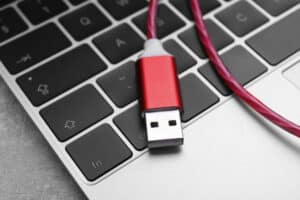
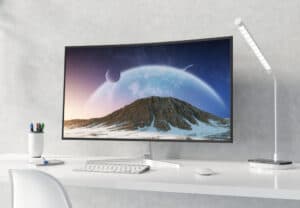
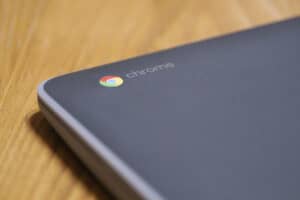

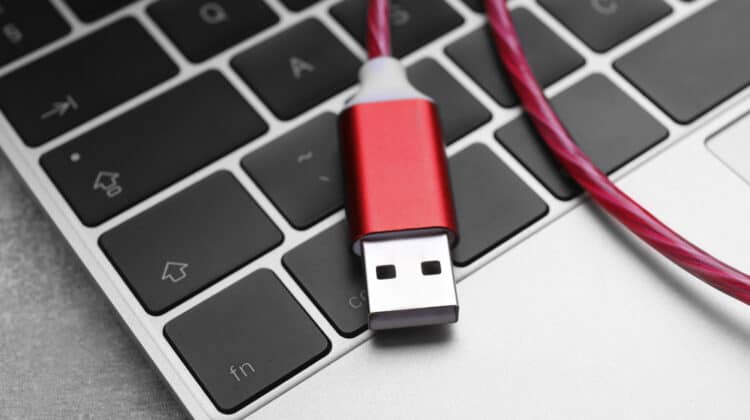
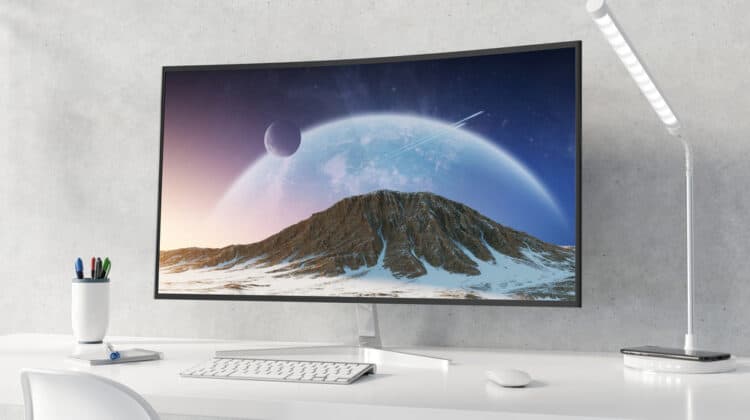
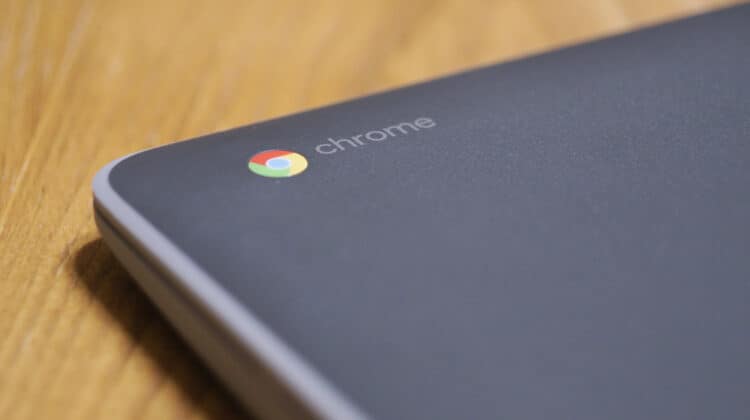
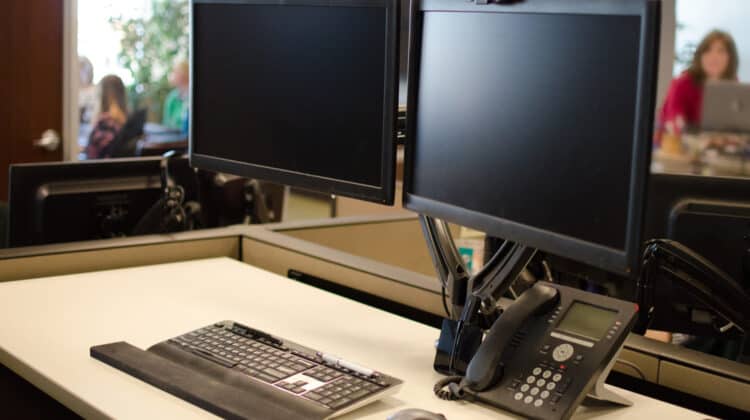
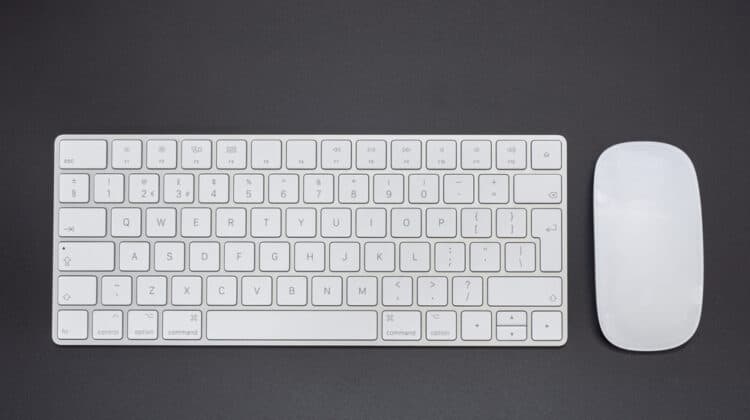
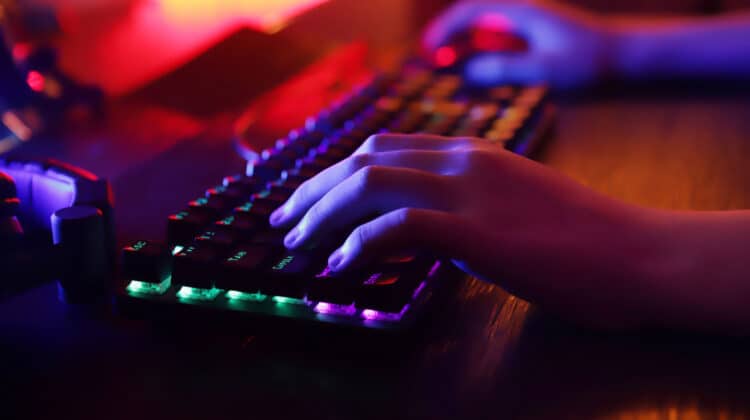
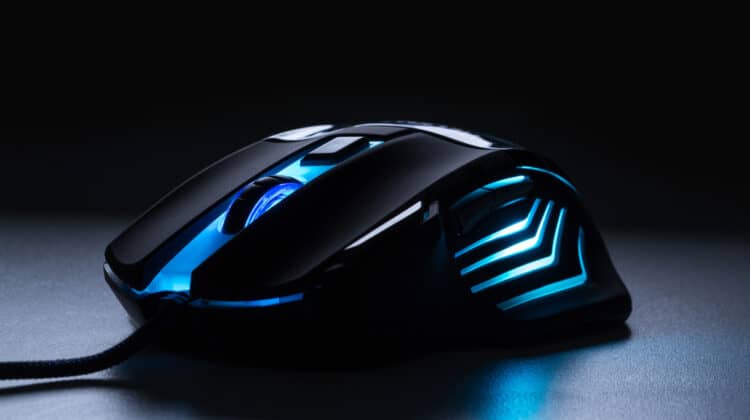
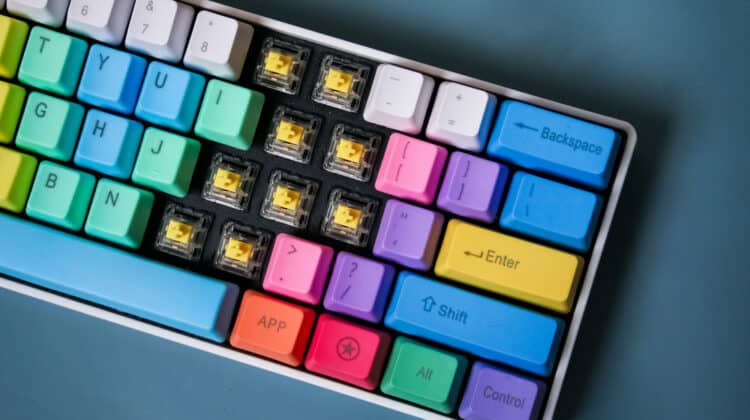
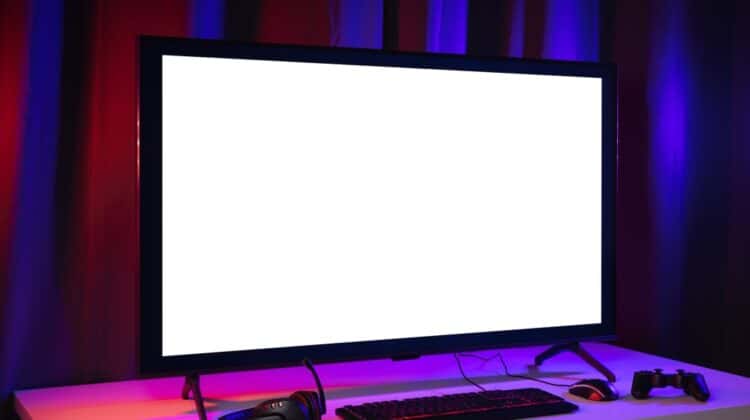

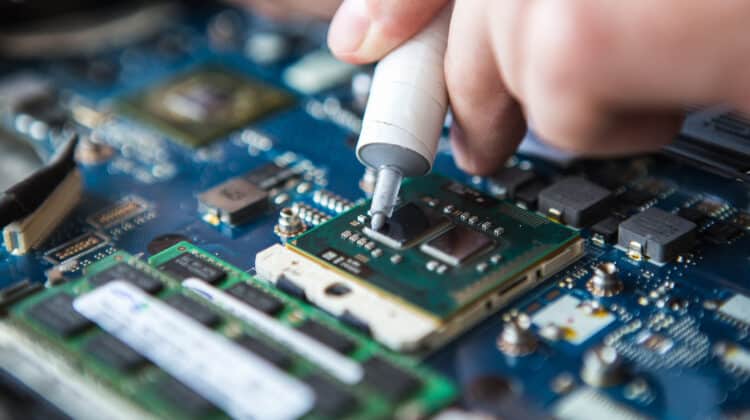

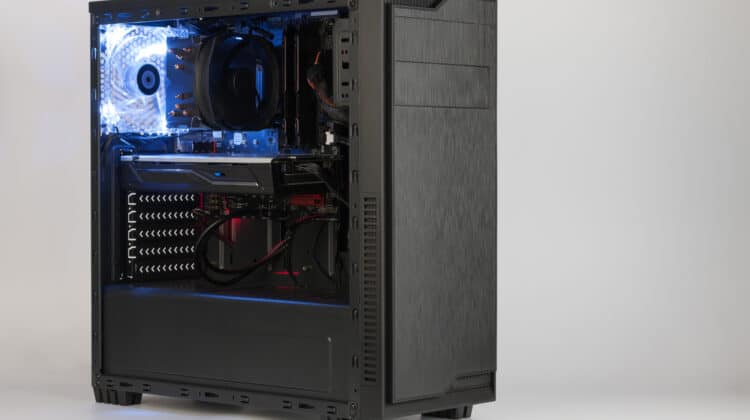

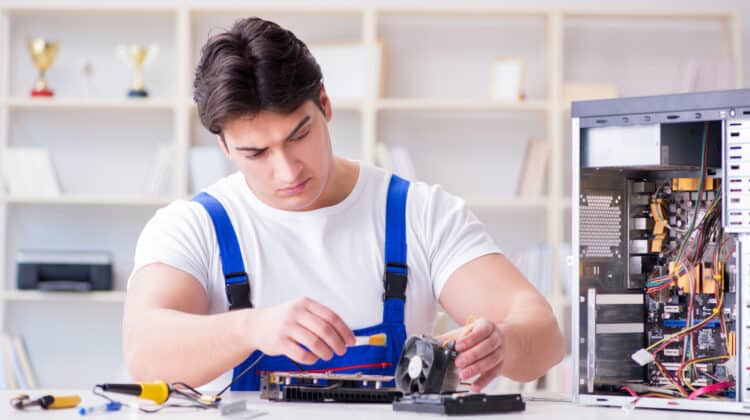


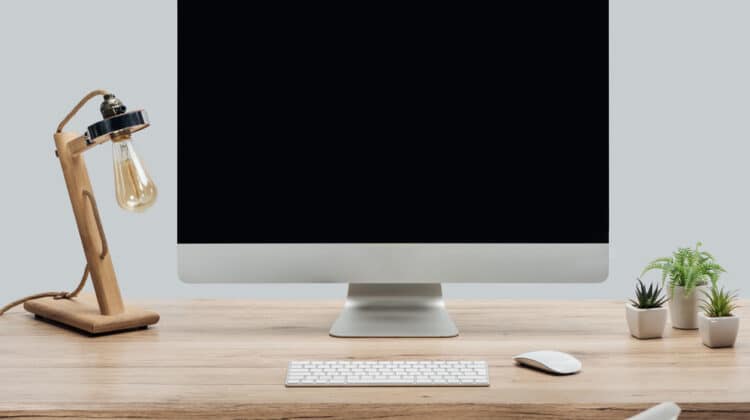
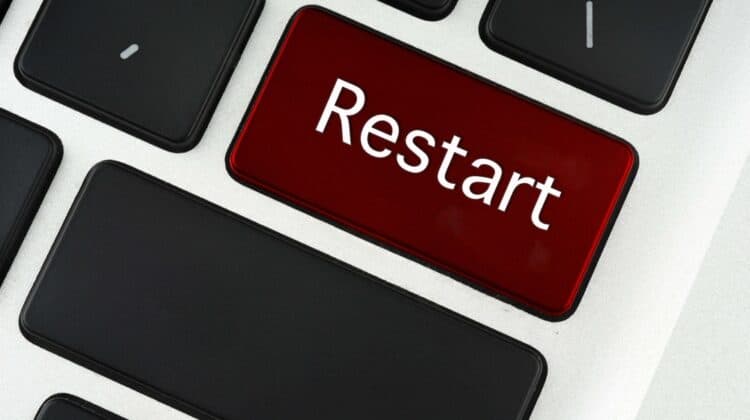
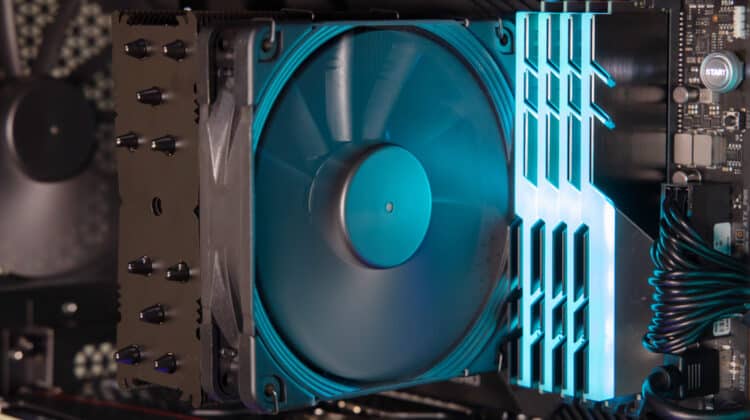



Thank you!